#frederic berthold
Explore tagged Tumblr posts
Photo



Niels Hintermann wins the Alpine Combined of Wengen, a first unbelievable victory. Maxence Muzaton and Frederic Berthold complete the podium - 13/01/17
#Niels Hintermann#Maxence Muzaton#Frederic Berthold#alpine skiing#wengen#I say it again : that was a big mess#but anyway congrats guys
7 notes
·
View notes
Photo

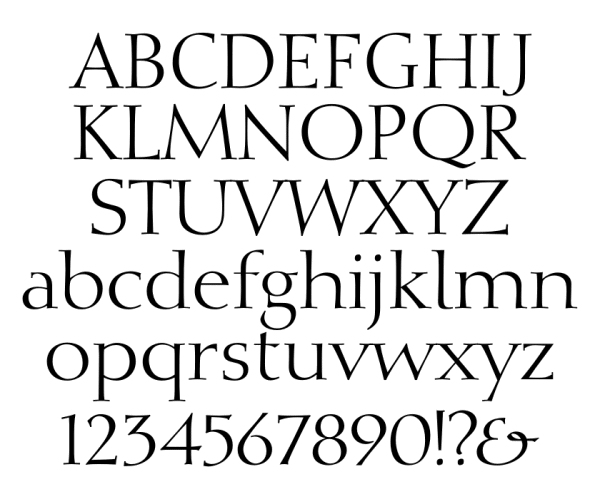

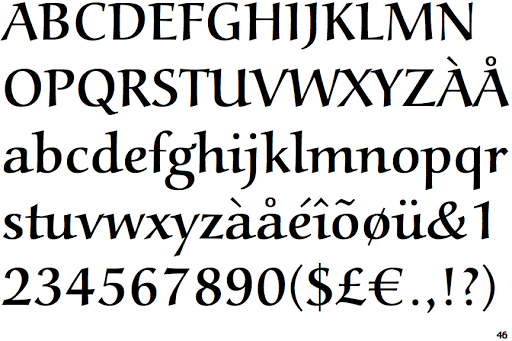
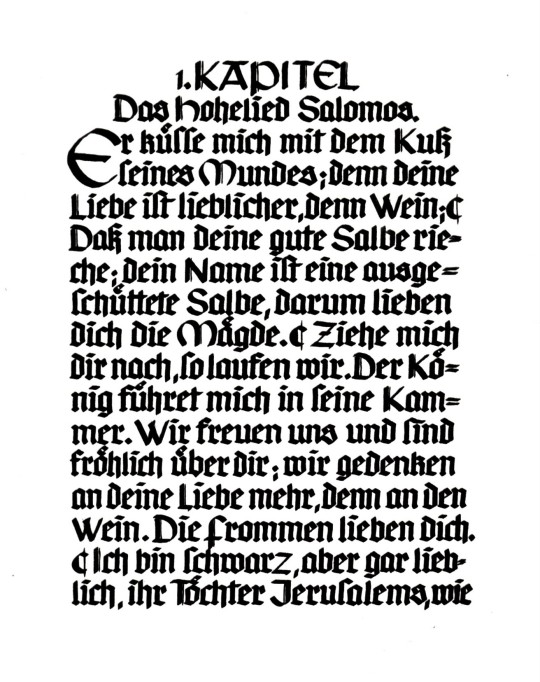
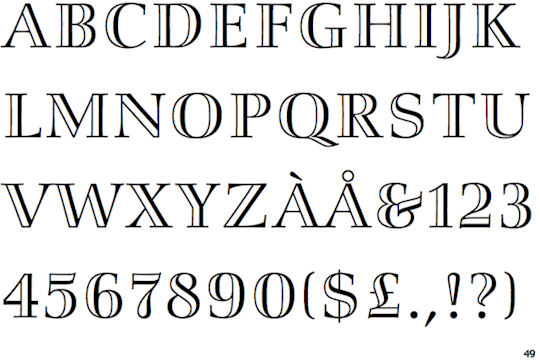
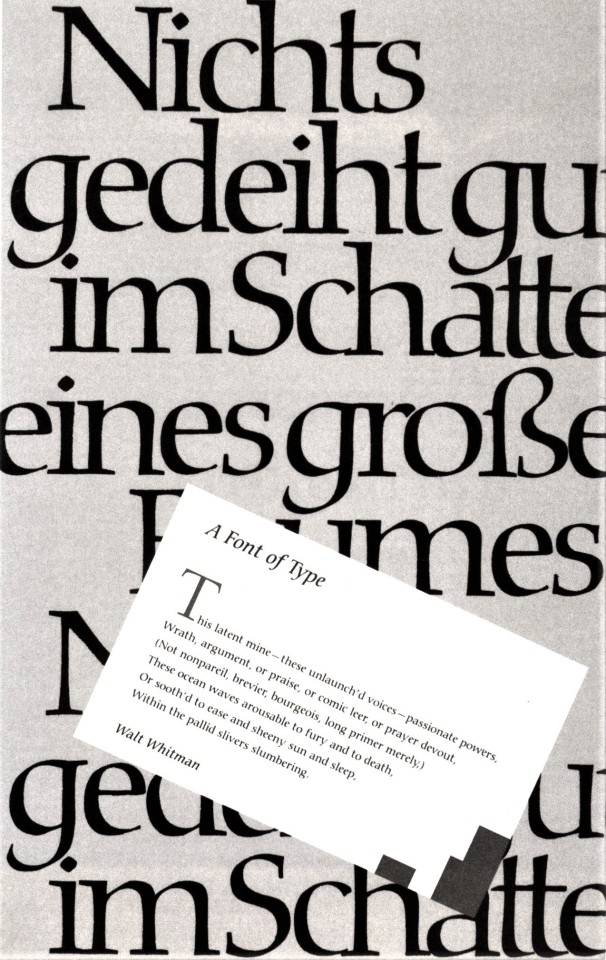
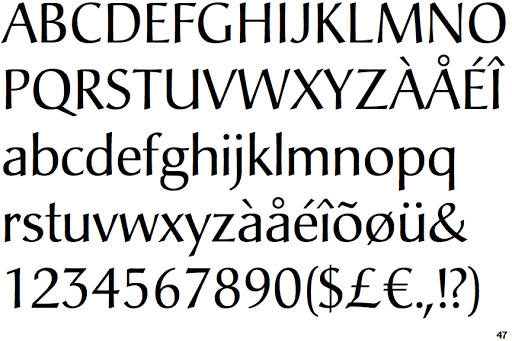
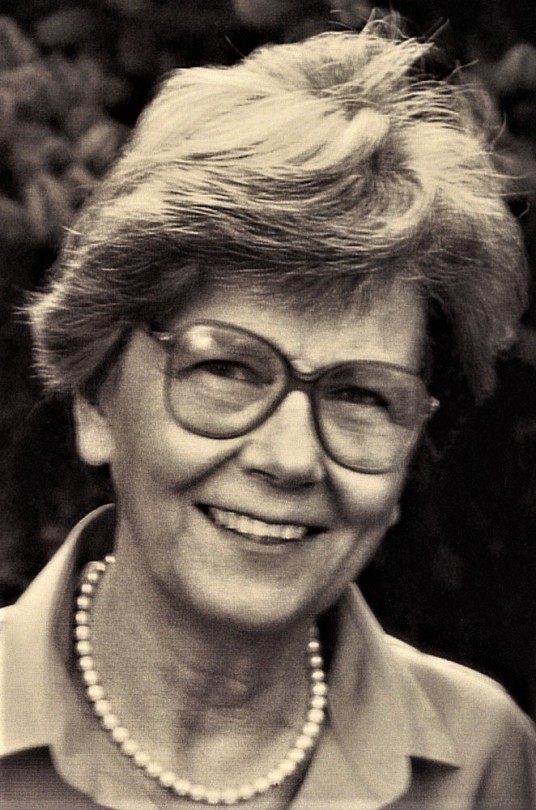
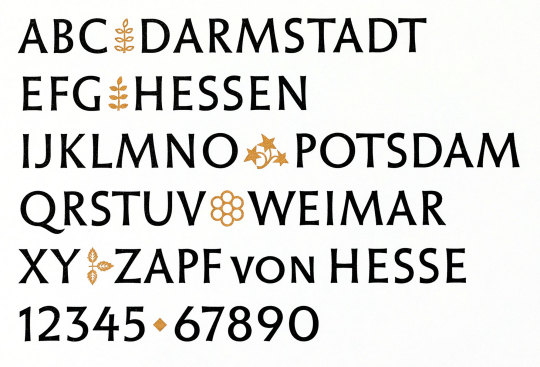
Typography Tuesday
Women Type Designers: GUDRUN ZAPF VON HESSE
One of the great women type designers of the 20th and early 21st centuries was the German designer, calligrapher, and book binder Gudrun Zapf-von Hesse, who died in 2019 at the age of 101. Von Hesse’s several noted typefaces stem directly from her practice of calligraphy. She believed that all good type design required the “human touch” and that a mastery of calligraphy was essential to becoming a good type designer.
Initially, von Hesse’s calligraphy practice was largely self-taught, learning from the same books by Rudolf Koch and Edward Johnston used by her future husband, the prolific German calligrapher and type designer Hermann Zapf. In 1941, after receiving her Masters degree in book binding, she began a formal course of study with the calligrapher and painter Johannes Boehland in Berlin. Afterward, she worked as a professional bookbinder, calligrapher, and educator when the D. Stempel AG Type Foundry scooped her up in the late 1940s for her design work, issuing her first typeface Diotima in 1951. She went on to design a dozen distinctive typefaces in her career for Stempel, Berthold, URW Hamburg, and Bitstream. In 1991, she became the second woman (but not the last) to win the Frederic W. Goudy Award, and in 2018, in honor of her 100th birthday, the Monotype Corporation released the typeface Hesse-Antiqua, which is based on an alphabet she designed in the late 1940s.
Shown here from top to bottom:
1.) Cover for the 2007 exhibition catalog Spend your alphabets lavishly! at the Rochester Institute of Technology, designed by fellow Goudy Award winner Jerry Kelly in 10 pt Nofret, designed by von Hesse, for The Typophiles in association with RIT Cary Graphics Art Press, Rochester, in an edition of 800 copies. 2.) Display set of Diotima pilfered from the internet. 3.) Quarter-vellum and paste paper binding by von Hesse for Plus Ultra, published by the Trajanus Press in 1950, the first book printed in Diotima. Photograph from Spend your alphabet lavishly! 4.) Display set of Alcuin from the internet, a design inspired by the advisor to Charlemagne and his Carolingian minuscule, released by URW Type Foundry in 1992. 5.) Das Hohelied Salomos, a manuscript book written and bound by Gudrun von Hesse in 1936. Image from Spend your alphabet lavishly! 6.) Display set of Smaragd from the internet, released by Stempel in 1954. 7.) Carmina type specimen, released by Bitsteam in 1987, from Spend your alphabet lavishly! 8.) Display set of Christiana, by the Berthold Type Foundry in 1991. 9.) Photograph of Gudrun Zapf-von Hesse from our copy of Gudrun Zapf von Hesse published in 2002 by Mark Batty in an edition of 20 copies bound by Judi Conant. 10.) Display set of Hesse-Antiqua, released by the Monotype Corporation in 2018 in honor of von Hesse's 100th birthday.
View our other post on Gudrun Zapf von Hesse celebrating her 100th birthday.
View posts on other Women Type Designers.
View our other Typography Tuesday posts.
View more Women’s History Month posts.
#Typography Tuesday#typetuesday#Historic Woman Printer/Publisher of the Week#women's history month#Gudrun Zapf von Hesse#women type designers#type designers#women calligraphers#calligraphers#Diotima typeface#Alcuin typeface#Smaragd typeface#Carmina typeface#Christiana typeface#Hesse-Antiqua#Jerry Buff#Typography Tuesday#20th century type#21st century type
100 notes
·
View notes
Photo

It was a day of miracles in Wengen (SUI) today. Most had written off any chance of today’s Audi FIS World Cup alpine combined race to even be staged after a fierce winter storm unleashed its fury overnight and through much of the morning. Most generally don’t expect a racer with starting with Bib #51 to win at one of the most iconic stops on the tour, but ultimately, both miracles happened as unknown Swiss rookie Niels Hintermann took home his first-ever World Cup victory.
The Organisers scrambled through the night, and a late change to the programme ultimately saved the day as the slalom was run before the downhill portion. Throughout the slalom, heavy snow continued to fall as the racers battled down the course. Justin Murisier (SUI) ultimately was the fastest man down the mountain in the slalom.
A small window of opportunity gave the Organisers a chance to prepare the course for the downhill, but those that were strong in the slalom were the ones that were ultimately punished in a downhill as the snowfall steadily picked up giving the early starters the clear advantage. One racer that made the most of the opportunity was Hintermann, who was the seventh racer in the downhill, and claimed the fastest time that stood as some of the top names came down the Lauberhorn with not luck against the conditions.
The entire podium was made up of racers who were among the first ten starters in the downhill. Maxence Muzaton (FRA) and Frederic Berthold (AUT) rounded out the unlikely podium. In fact, it was the first podium for all three of today’s top-three finishers.
#maxence muzaton#frederic berthold#justin murisier#niels hintermann#alpine ski#alpine skiing#alpine ski world cup#wintersport
0 notes
Photo

NEW IN THE BOOKSHOP: TWENTIETH CENTURY TYPE DESIGN By Sebastian Carter (1987) First edition of this reference compilation of biographies of the most famous type designers of the 20th century. A must for every type book collection. Since its first publication in 1987, Twentieth Century Type Designers has become a standard reference work for typographers, designers and students alike. This book serves as an introduction to the concept of typefaces and to some of the personalities who have created them–Goudy, Rogers, Koch, Gill, Morison, Van Krimpen, Trump, Tschichold, Frutiger, Zapf and others–and places them in the context of the enormous changes that have occurred in typography. The introduction in the 1880s of the Linotype and Monotype hot-metal composing machines, and in particular the Benton pantographic punchcutter, revolutionized the manufacture of type, and caused a flood of new typefaces. More recently, filmsetting and digital typesetting have brought new opportunities–as well as new disciplines. This book examines the conflicts arising from these technological advances, which have pitted craftsmanship against commercial interests, and forced designers to come to terms with the new creative opportunities. Whatever motivates type designers–whether it is the practical need to create new faces for machines, the ideal of producing the perfect letter-form for our age, or whether type is designed as an offshoot of other artistic activities–their work has had a far-reaching impact on our culture. Designers featured: Frederic Goudy, Bruce Rogers, Rudolf Koch, William Addison Dwiggins, Eric Gill, Victor Hammer, Stanley Morison, Hans (Giovanni) Mardersteig, Jan van Krimpen, Georg Trump, Joseph Blumenthal, Robert Hunter Middleton, Jan Tschichold, Berthold Wolpe, Roger Excoffon, Herman Zapf, Adrian Frutiger. One copy via our website and in the bookshop. #worldfoodbooks #twentiethcenturytypedesign #1987 (at WORLD FOOD BOOKS)
0 notes
Text
LIVE! Lauberhorn! Kombination in Wengen
1.
Alexis Pinturault
2.
Aleksander Aamodt Kilde
3.
Justin Murisier
4.
Dominik Paris
5.
Vincent Kriechmayr
6.
Victor Muffat-Jeandet
7.
Kjetil Jansrud
8.
Adrien Theaux
9.
Valentin Giraud Moine
10.
Carlo Janka
11.
Mauro Caviezel
12.
Klemen Kosi
13.
Adam Zampa
14.
Matthias Mayer
15.
Romed Baumann
16.
Peter Fill
17.
Riccardo Tonetti
18.
Bryce Bennett
19.
Krystof Kryzl
20.
Blaise Giezendanner
21.
Ryan Cochran-Siegle
22.
Ivica Kostelic
23.
Jared Goldberg
24.
Nils Mani
25.
Martin Cater
26.
Filip Zubcic
27.
Thomas Dreßen
28.
Andreas Sander
29.
Max Franz
30.
Ralph Weber
31.
Stefan Hadalin
32.
Maxence Muzaton
33.
Ondrej Berndt
34.
Miha Hrobat
35.
Paolo Pangrazzi
36.
Bostjan Kline
37.
Christian Walder
38.
Marko Vukicevic
39.
Frederic Berthold
40.
Mattia Casse
41.
Tilen Debelak
42.
Josef Ferstl
43.
Broderick Thompson
44.
Henrik von Appen
45.
Alexander Köll
46.
Emanuele Buzzi
47.
Maciej Bydlinski
48.
Gian Luca Barandun
49.
Tyler Werry
50.
Ryo Sugai
51.
Niels Hintermann
52.
Filip Forejtek
53.
Jan Zabystran
54.
Max Ullrich
55.
Steven Nyman
56.
Istok Rodes
57.
Andreas Romar
58.
Hannes Reichelt
59.
Andreas Zampa
60.
Felix Monsen
Keine Einträge auf der Startliste vorhanden.
Source link
Der Beitrag LIVE! Lauberhorn! Kombination in Wengen erschien zuerst auf Nachrichten von Heute.
LIVE! Lauberhorn! Kombination in Wengen
0 notes
Photo
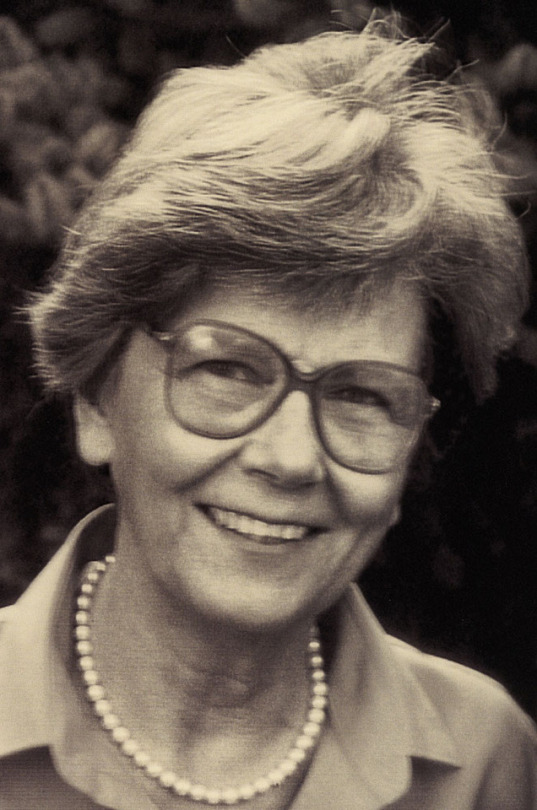
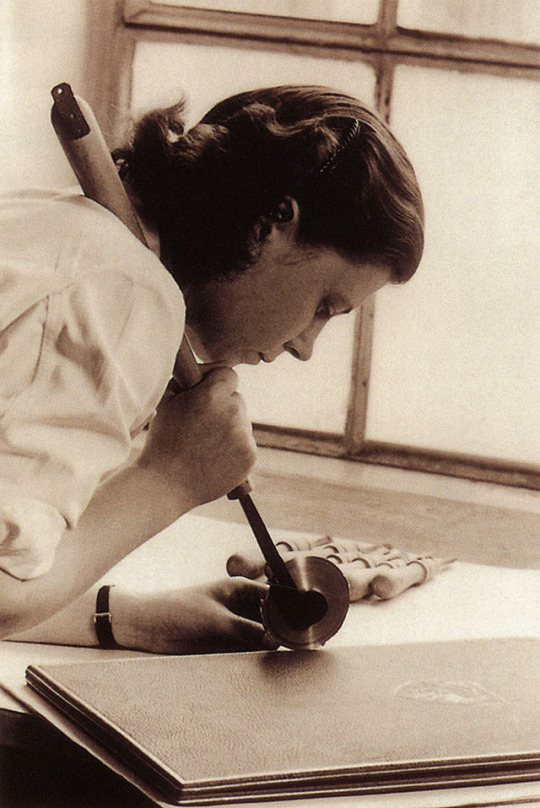
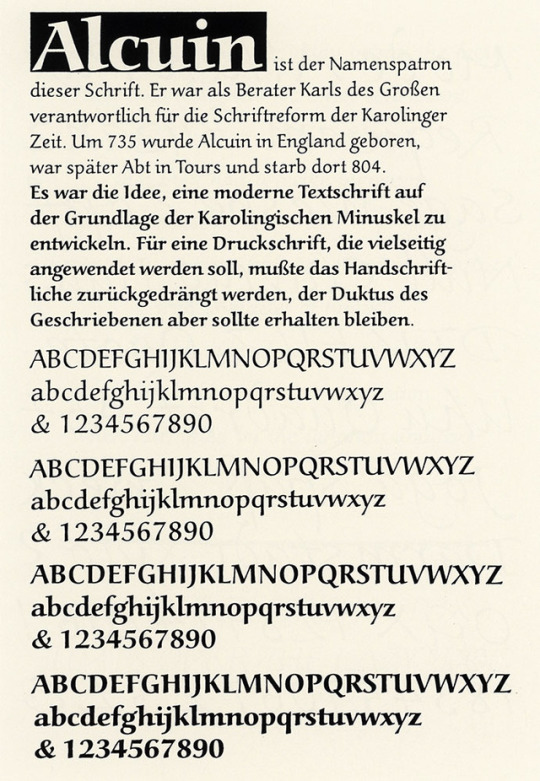
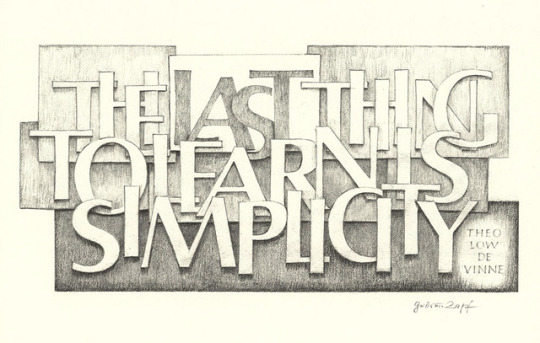


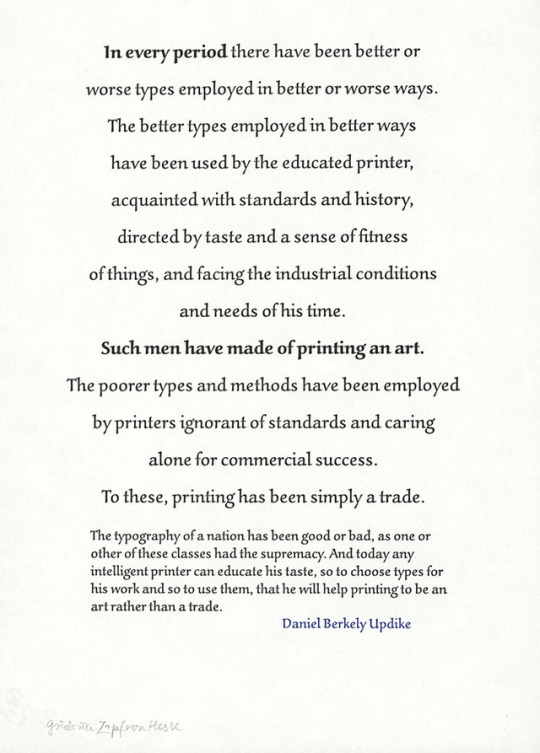

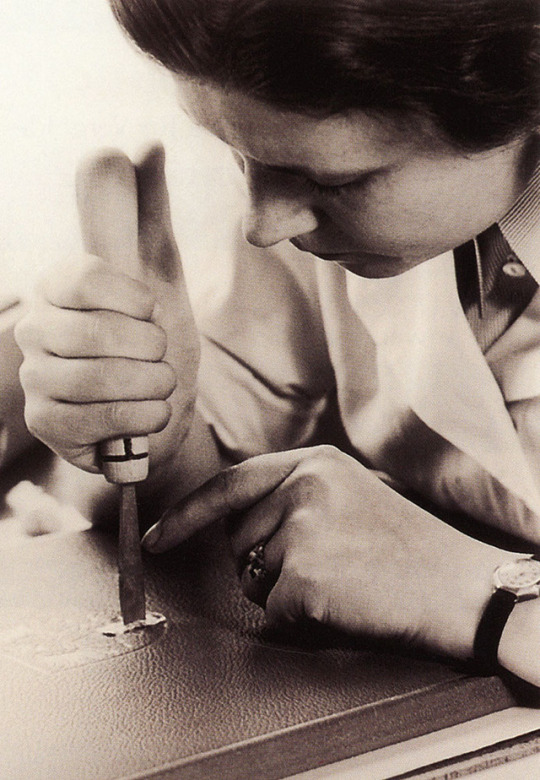
Historic Woman Printer/Publisher of the Week:
Gudrun Zapf von Hesse (b. 1918)
Yesterday, our little beehive was so busy making honey, we just couldn’t get to posting our usual Typography Tuesday blog. So, we thought we’d take a little diversion in our usual Historic Woman Printer/Publisher post and combine it with Typography Tuesday to focus on the work of the great German typographer, calligrapher, and book binder Gudrun Zapf von Hesse.
Von Hesse worked as a book-binding apprentice, studied the calligraphic work of Rudolf Koch and Edward Johnston, and learned punchcutting at the Bauer Type Foundry in Frankfurt before setting up her own bookbinding shop after WWII. She began working as a type designer for the Stempel Type Foundry in Frankfurt soon after -- where she met and married the prolific German type designer Hermann Zapf -- and continued a long and successful career. Among the several typefaces she designed for Stempel are Diotima, Ariadne, and Smaragd, but she also designed typefaces for other companies, notably Alcuin for URW and Carmina BT for Bitstream.
In 1991, she became the second woman (but not the last) to win the Frederic W. Goudy award. Her husband was the first recipient of this prestigious award in 1969. In honor of her 100th birthday this past January, the Monotype Corporation released the typeface Hesse-Antiqua, which is based on an alphabet she designed in the late 1940s. Happy Birthday Gudrun!!
The images and designs shown here are from another, yet-uncataloged donation from our friend and benefactor Jerry Buff, Gudrun Zapf von Hesse published in 2002 by Mark Batty in West New York, New Jersey, and printed in Von Hesse’s Norfet Roman which was originally designed for the Berthold Type Foundry of Berlin. Our copy is one of 20 copies bound by Judi Conant in Vermont and singed by Von Hesse, including an extra suite of 13 specially-printed specimens, among which are six original, hand-printed specimens signed by Von Hesse.
View our other Typography Tuesday posts.
View our other posts on Historic Women Printer/Publishers.
#Typography Tuesday#Historic Woman Printer/Publisher of the Week#Gudrun Zapf von Hesse#Stempel Type Foundry#Jerry Buff#typographers#type designers#calligraphers#book binders#women's history month#hermann zapf#women printers#20th century#women type designers
48 notes
·
View notes
Photo

NEW IN THE BOOKSHOP: TWENTIETH CENTURY TYPE DESIGN By Sebastian Carter (1987) First edition of this reference compilation of biographies of the most famous type designers of the 20th century. A must for every type book collection. Since its first publication in 1987, Twentieth Century Type Designers has become a standard reference work for typographers, designers and students alike. This book serves as an introduction to the concept of typefaces and to some of the personalities who have created them–Goudy, Rogers, Koch, Gill, Morison, Van Krimpen, Trump, Tschichold, Frutiger, Zapf and others–and places them in the context of the enormous changes that have occurred in typography. The introduction in the 1880s of the Linotype and Monotype hot-metal composing machines, and in particular the Benton pantographic punchcutter, revolutionized the manufacture of type, and caused a flood of new typefaces. More recently, filmsetting and digital typesetting have brought new opportunities–as well as new disciplines. This book examines the conflicts arising from these technological advances, which have pitted craftsmanship against commercial interests, and forced designers to come to terms with the new creative opportunities. Whatever motivates type designers–whether it is the practical need to create new faces for machines, the ideal of producing the perfect letter-form for our age, or whether type is designed as an offshoot of other artistic activities–their work has had a far-reaching impact on our culture. Designers featured: Frederic Goudy, Bruce Rogers, Rudolf Koch, William Addison Dwiggins, Eric Gill, Victor Hammer, Stanley Morison, Hans (Giovanni) Mardersteig, Jan van Krimpen, Georg Trump, Joseph Blumenthal, Robert Hunter Middleton, Jan Tschichold, Berthold Wolpe, Roger Excoffon, Herman Zapf, Adrian Frutiger. One copy via our website and in the bookshop. #worldfoodbooks #twentiethcenturytypedesign #1987 (at WORLD FOOD BOOKS)
0 notes
Photo

NEW IN THE BOOKSHOP: TWENTIETH CENTURY TYPE DESIGN By Sebastian Carter (1987) First edition of this reference compilation of biographies of the most famous type designers of the 20th century. A must for every type book collection. Since its first publication in 1987, Twentieth Century Type Designers has become a standard reference work for typographers, designers and students alike. This book serves as an introduction to the concept of typefaces and to some of the personalities who have created them–Goudy, Rogers, Koch, Gill, Morison, Van Krimpen, Trump, Tschichold, Frutiger, Zapf and others–and places them in the context of the enormous changes that have occurred in typography. The introduction in the 1880s of the Linotype and Monotype hot-metal composing machines, and in particular the Benton pantographic punchcutter, revolutionized the manufacture of type, and caused a flood of new typefaces. More recently, filmsetting and digital typesetting have brought new opportunities–as well as new disciplines. This book examines the conflicts arising from these technological advances, which have pitted craftsmanship against commercial interests, and forced designers to come to terms with the new creative opportunities. Whatever motivates type designers–whether it is the practical need to create new faces for machines, the ideal of producing the perfect letter-form for our age, or whether type is designed as an offshoot of other artistic activities–their work has had a far-reaching impact on our culture. Designers featured: Frederic Goudy, Bruce Rogers, Rudolf Koch, William Addison Dwiggins, Eric Gill, Victor Hammer, Stanley Morison, Hans (Giovanni) Mardersteig, Jan van Krimpen, Georg Trump, Joseph Blumenthal, Robert Hunter Middleton, Jan Tschichold, Berthold Wolpe, Roger Excoffon, Herman Zapf, Adrian Frutiger. One copy via our website and in the bookshop. #worldfoodbooks #twentiethcenturytypedesign #1987 (at WORLD FOOD BOOKS)
0 notes